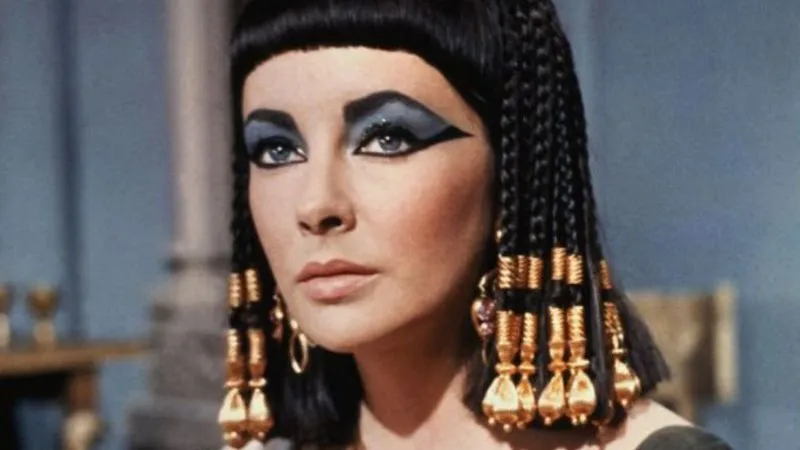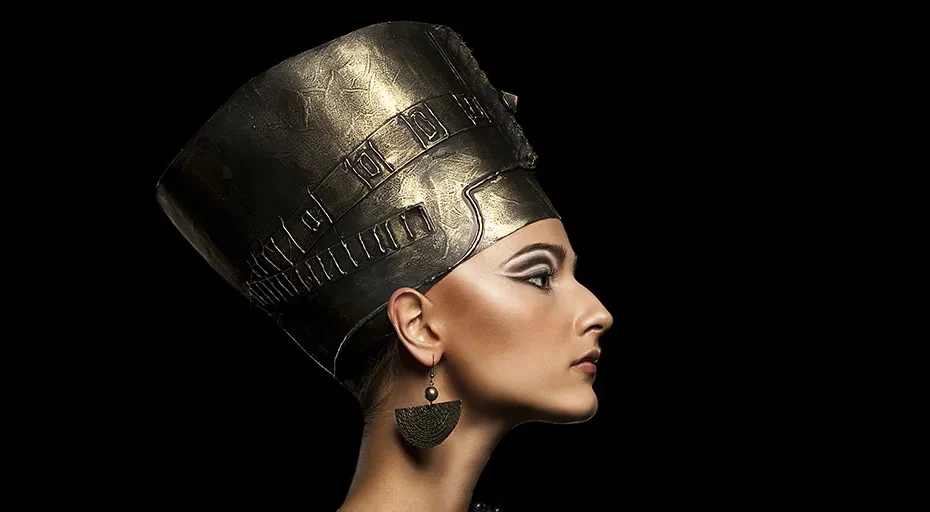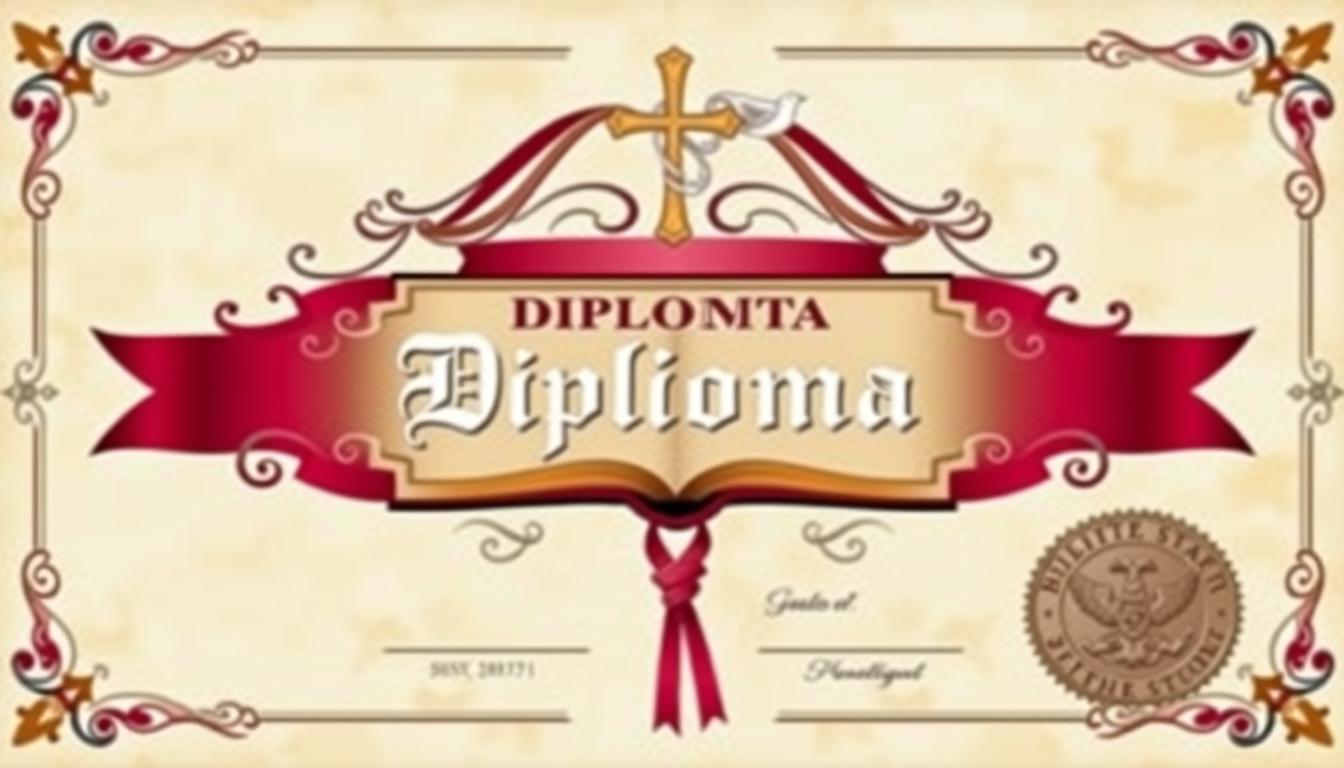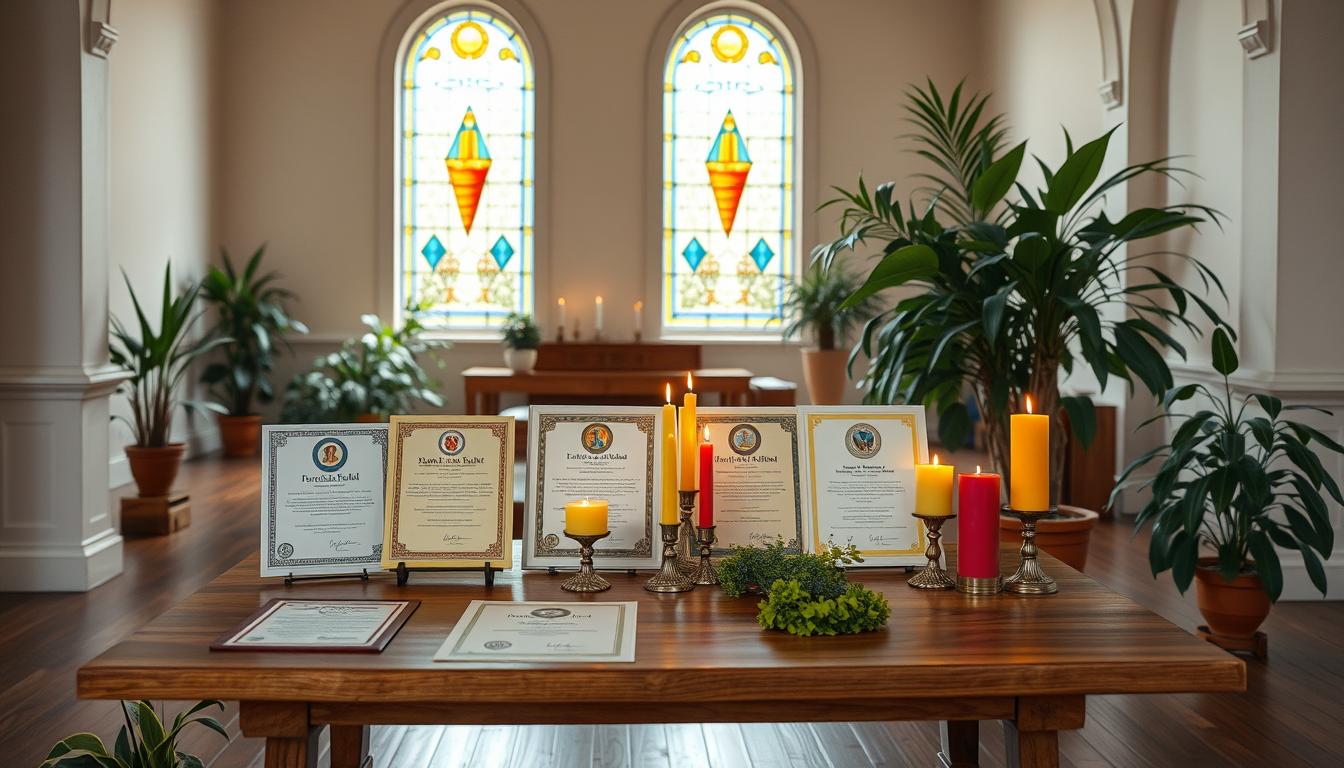In contemporary society, makeup transcends the mere application of pigments to the skin. It has become a form of artistic expression and a powerful tool for enhancing self-esteem.
Adverts
Over the years, the makeup industry has evolved, offering a variety of innovative products that meet the demands of a diverse audience.
In this review, we will explore the art of makeup, highlighting its historical roots, the evolution of products and the impact that this ancient practice has on contemporary society.
History of Makeup: A Millennial Journey
The history of makeup dates back to ancient civilizations, where the pursuit of beauty and the use of facial adornments were common.
Egyptians, Greeks and Romans used natural substances to create pigments that highlighted facial features. Kohl, for example, was used to highlight the eyes, while vegetable dyes added color to the lips.
Makeup also played a significant role in religious and cultural rituals, reflecting the importance placed on physical transformation as a means of communicating with the divine.
Over time, the practice of makeup gained distinct nuances in different cultures, consolidating itself as an intrinsic element of identity and personal expression.
The Origin of Kohl and Rouge
The history of makeup goes back to ancient times, and two fundamental elements of this narrative are kohl and rouge. Kohl, a substance based on lead and antimony, was one of the first makeup products to gain prominence, being widely used in ancient Egypt.
The Egyptians believed that kohl not only enhanced the beauty of the eyes, but also had protective and spiritual properties, warding off evil spirits.
In the Roman Empire, rouge, initially made from substances such as cinnabar (a red mineral), began to gain popularity.
Roman women applied this pigment to their cheeks to achieve a healthy, rosy skin tone. Both kohl and rouge were witnesses to the cultural nuances that marked each civilization, reflecting the aesthetic norms and values of their times.
The Evolution of Kohl and Rouge Over the Decades
Over the centuries, the composition and use of these products have evolved. In the Middle Ages, kohl continued to be a strong presence, but its production began to incorporate safer ingredients.
The search for natural pigments and less toxic alternatives has shaped the formulation of kohl, making it more acceptable for skin health.
In the Renaissance, rouge reemerged as a symbol of status and elegance. However, the formulas have been refined, moving away from potentially dangerous compounds.
Over time, the emergence of ingredients such as carmine allowed for a more varied color palette for rouge, cementing its position as an essential element in the beauty routine.
The Path to Contemporary Products: Blush and Eyeliner
The 20th century marked a significant transformation in the makeup industry. With scientific and technological advances, products underwent a metamorphosis, giving rise to the blushes and eyeliners we know today.
The rouge, now more refined and in a variety of tones, has evolved into the modern blush, a versatile product that highlights the cheekbones with natural nuances.
Simultaneously, eyeliner has emerged as an indispensable tool in the makeup box.
Kohl, which was once applied more broadly around the eyes, has given way to liquid eyeliners, pencils and other more precise shapes. The application has become more versatile, allowing the creation of looks that range from subtle to dramatic.
Evolution of Makeup Products: Science and Innovation
The advent of the Industrial Revolution ushered in a new era for the makeup industry. Mass production allowed the creation of products accessible to a wider range of consumers.
However, it was in the 20th century that makeup underwent a true revolution, with the emergence of iconic brands and the introduction of new formulas and techniques.
Makeup has become a field of scientific experimentation, with the incorporation of innovative ingredients and technological advances.
Waterproof, long-lasting formulas and micronized pigments are just some of the innovations that have revolutionized the industry.
Furthermore, environmental awareness has led to the creation of cruelty-free products and sustainable packaging, reflecting the sector's growing concern with social and environmental responsibility.
Makeup as an Empowerment Tool
In addition to its aesthetic function, makeup has become an empowerment tool for many people. The possibility of creating different looks allows individuals to express their identity in a unique way, challenging pre-established aesthetic standards.
Makeup, therefore, transcends the idea of covering imperfections; it becomes a way to celebrate individuality and diversity.
The rise of social media has contributed to the spread of makeup trends and techniques, creating a global community of enthusiasts.
Online tutorials and influencers share tips and tricks, democratizing access to information and inspiring millions of people to explore new aesthetic possibilities.
Challenges and Future Trends
Despite notable advances, the makeup industry faces significant challenges. The pressure to meet aesthetic standards that are often unrealistic can create unattainable expectations, affecting some people's self-esteem.
The quest for perfection can obscure makeup's original purpose as a form of personal and artistic expression.
Furthermore, growing awareness about ingredients that are harmful to health and the environment raises questions about the industry's transparency.
Consumers are increasingly demanding safe, sustainable and ethical products, encouraging brands to adopt more responsible practices.
On the trend horizon, we see a growing emphasis on inclusivity. Brands are expanding their shade ranges to cater to a wider variety of skin tones, recognizing the diversity of beauty.
Makeup, more than ever, is becoming a tool to promote acceptance and celebration of individuality.

Conclusion: Makeup as an Artistic and Social Manifestation
Makeup, over the centuries, has undergone a fascinating evolution, transitioning from ancient practices to a globalized and innovative industry.
Its role goes beyond mere aesthetics; it is an art form, a personal expression and a tool for empowerment. However, the industry faces significant challenges that require responsibility and adaptation.
As makeup continues to push boundaries, it is crucial to maintain a balance between innovation, inclusivity, and social and environmental responsibility.
The true essence of makeup lies in its ability to transform not only our physical appearance, but also the way we perceive ourselves and relate to the world around us.




